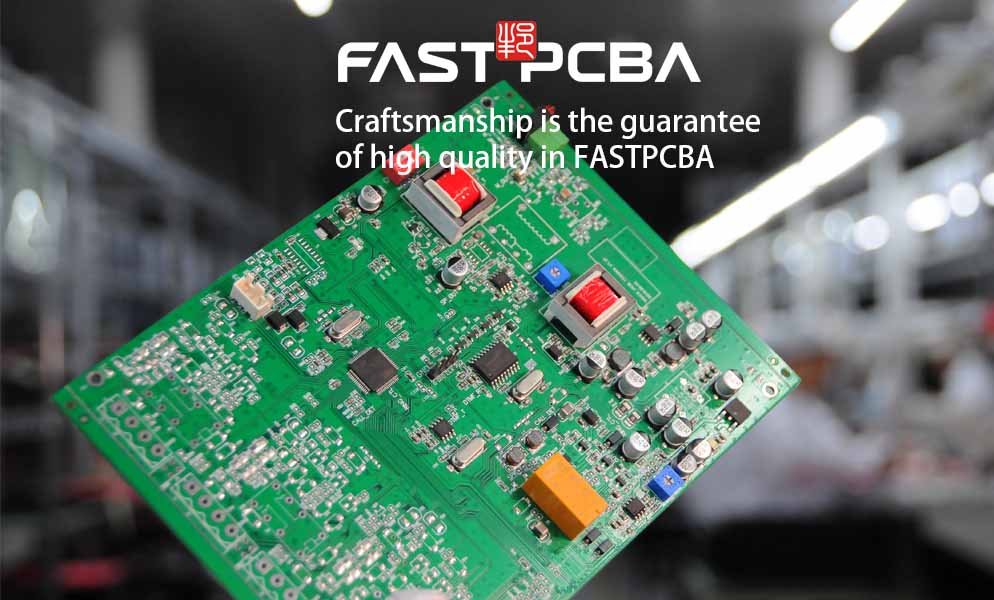About us
FASTPCBA Co.,Ltd
-
 Building 1, Senyang Electronic Technology Park, Guangming High-tech Park, Yutang Street, Guangming District, Shenzhen City.
Building 1, Senyang Electronic Technology Park, Guangming High-tech Park, Yutang Street, Guangming District, Shenzhen City.
-
 F:86-13418481618
F:86-13418481618
-
 pcba13@fastpcba.cn
pcba13@fastpcba.cn
 date:2019-11-06 15:55:13
date:2019-11-06 15:55:13
Prototype pcb manufacturing good joints mechanical properties
The four most important characteristics of the prototype pcb manufacturing joint are: shear strength, creep, isothermal fatigue and thermomechanical fatigue. By combining the meanings of these four characteristics, a complete performance information of the solder joint can be obtained.

For tin-lead solder, the shear strength can be increased by a very slow cooling rate, which allows the microstructure to form a layered eutectic structure close to equilibrium. On the other hand, the use of a fast cooling rate results in a finer grain size that increases the strength of the prototype pcb manufacturing solder joint. Therefore, for a professional, naturally ask: Which method is better? Cooling is faster or slower? For plastic deformation caused by creep mode, the creep resistence strength depends on the operating mechanism. In the step where the lattice or vacancy diffusion process is dominant, if the grain size of the microstructure becomes finer, the creep strength tends to be lower. This is because the cooling is faster and the resulting vacancy concentration becomes larger. In the case of thermal cycling, increasing fatigue resistance often involves the problem of making the grain size smaller.
In an isothermal fatigue environment, the relationship between microstructure and fatigue is more complicated. Nevertheless, for fatigue resistance in low frequency thermal cycling, uniformity in the microstructure is of the utmost importance.
For SnAgCu lead-free alloys, the heating parameters together with the metallurgical properties of the prototype pcb manufacturing surface layer may have a considerable impact on the microstructure of the solder joint. There is a clear difference between the intermetallic compound formed by SnPb solder and the intermetallic compound formed by lead-free solder. The characteristics, size, morphology and distribution of the intermetallic compound will vary depending on the heating conditions and the alloy characteristics of the substrate. For other lead-free alloys (non-SAC alloys), such as tin-copper alloys and quaternary alloys that are currently available, their reactivity and vulnerability tend to decrease.
 Building 1, Senyang Electronic Technology Park, Guangming High-tech Park, Yutang Street, Guangming District, Shenzhen City.
Building 1, Senyang Electronic Technology Park, Guangming High-tech Park, Yutang Street, Guangming District, Shenzhen City.
 F:86-13418481618
F:86-13418481618
 pcba13@fastpcba.cn
pcba13@fastpcba.cn